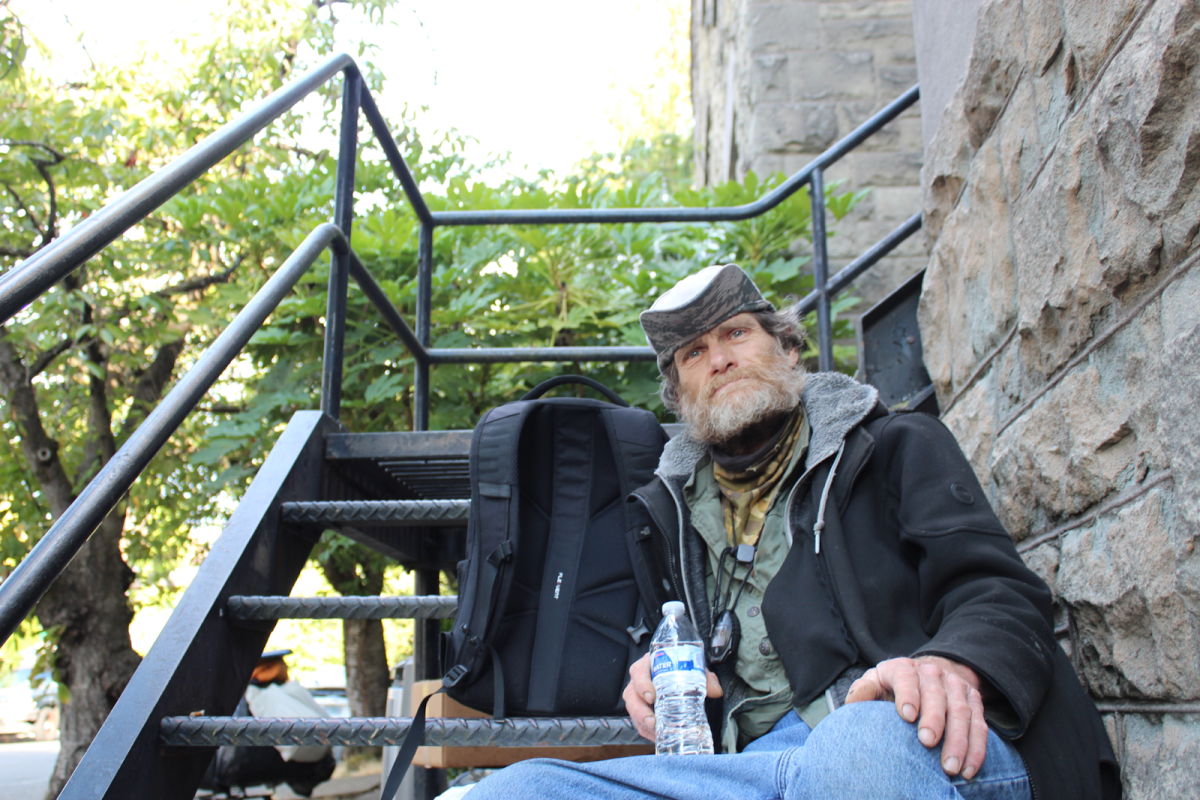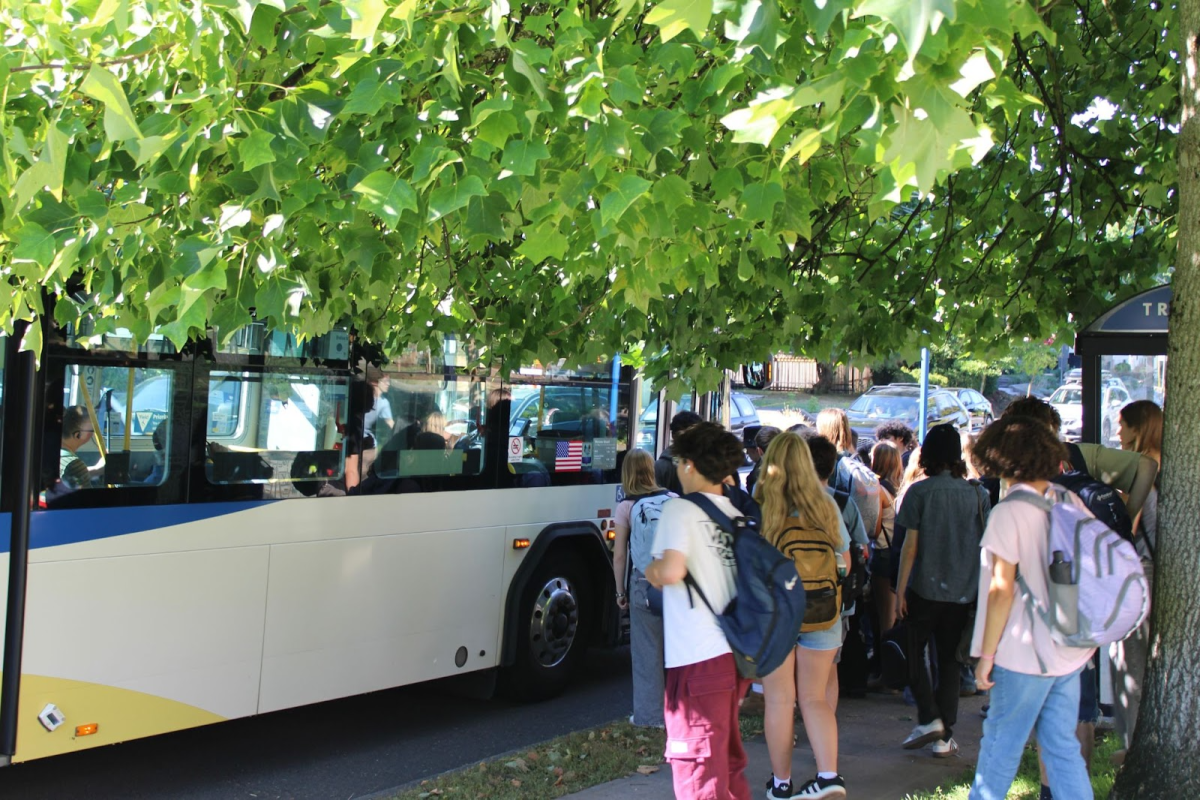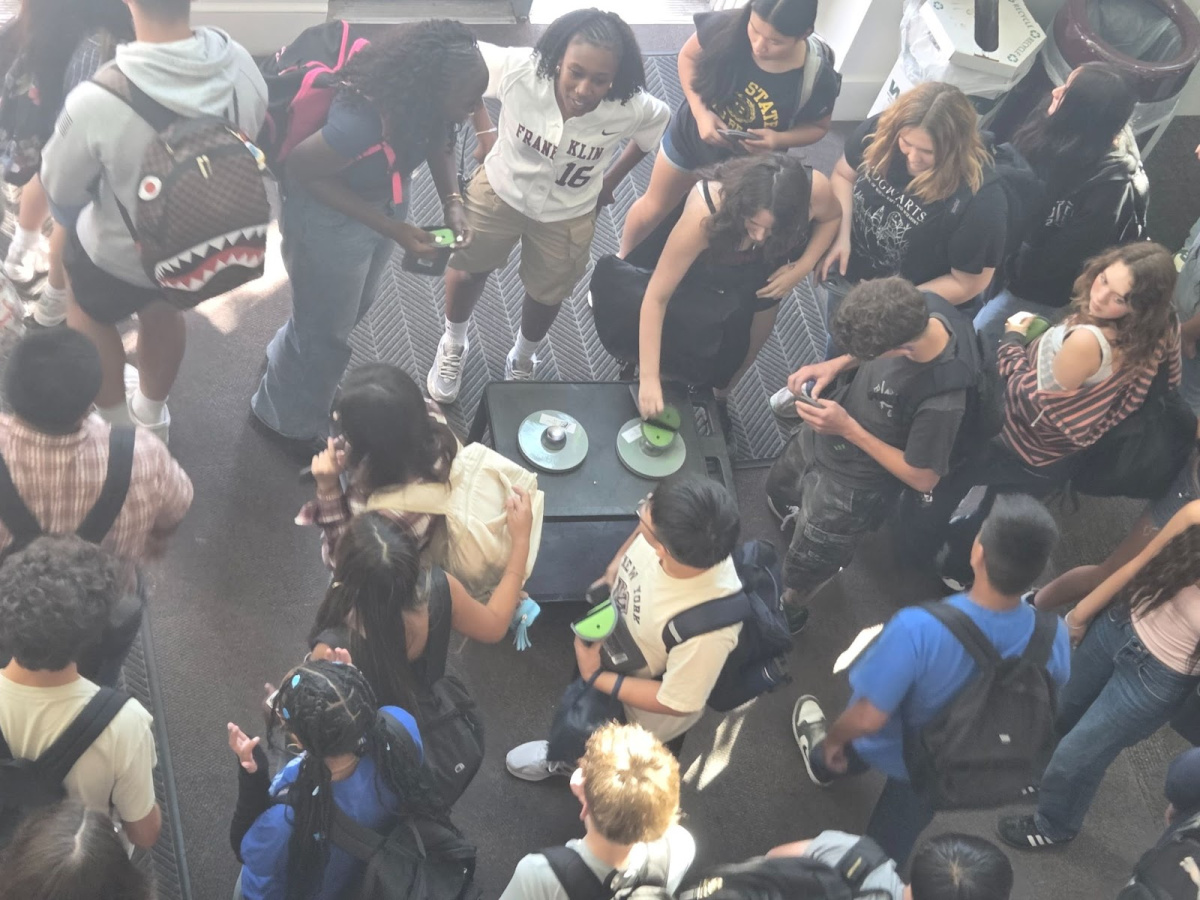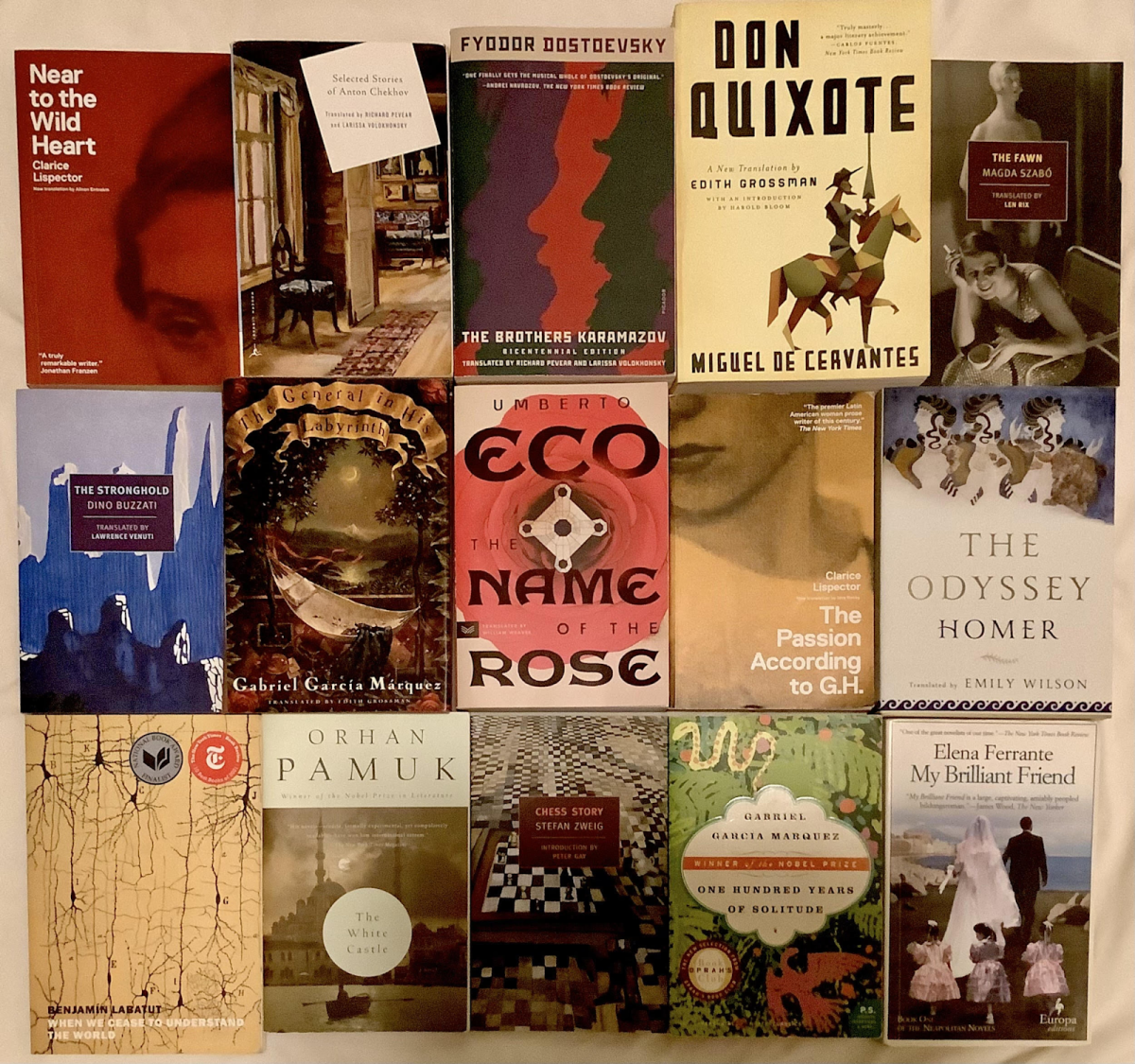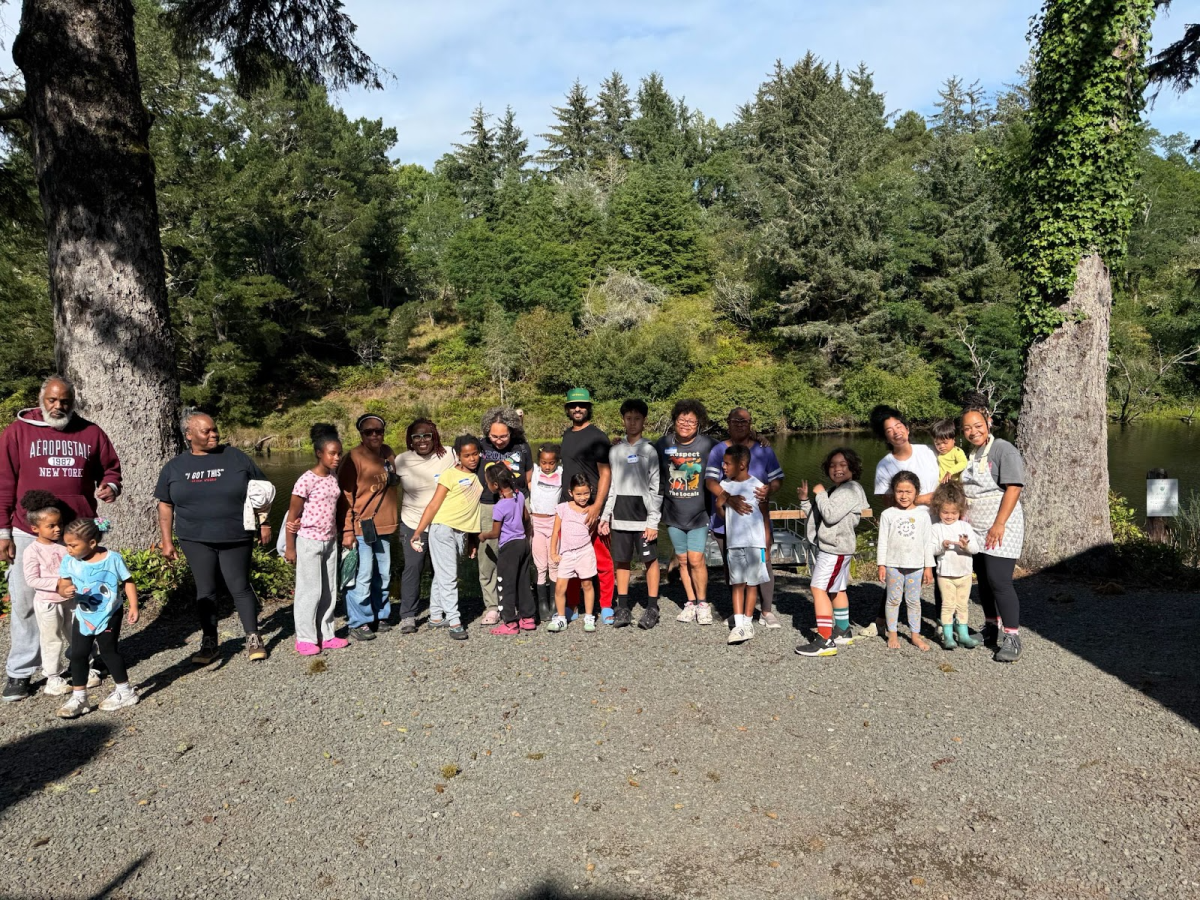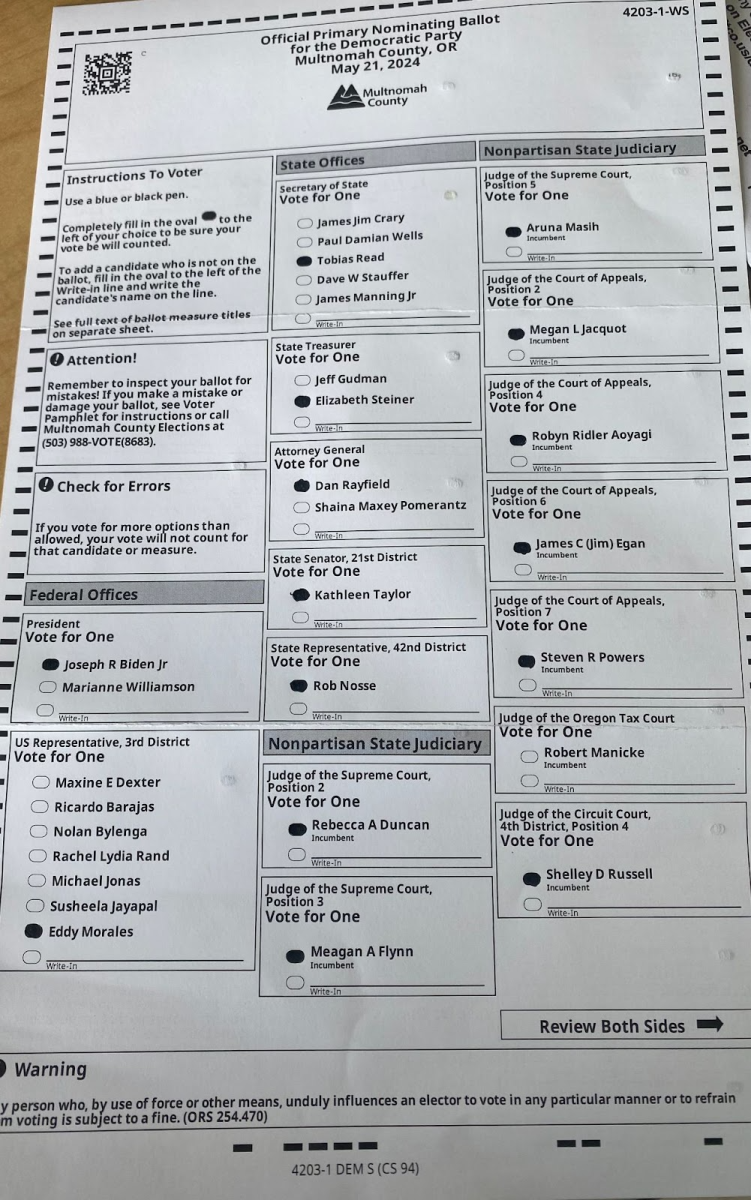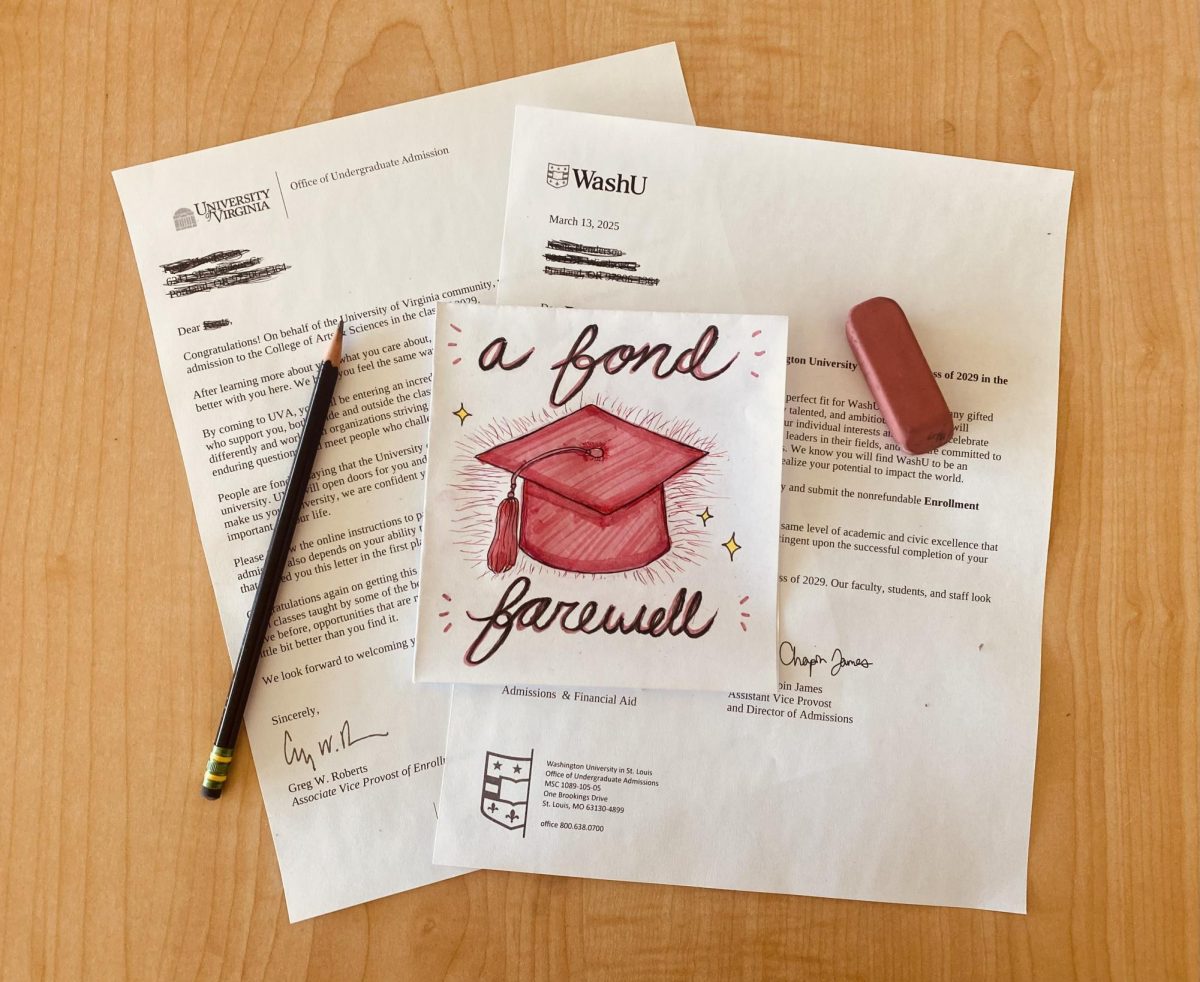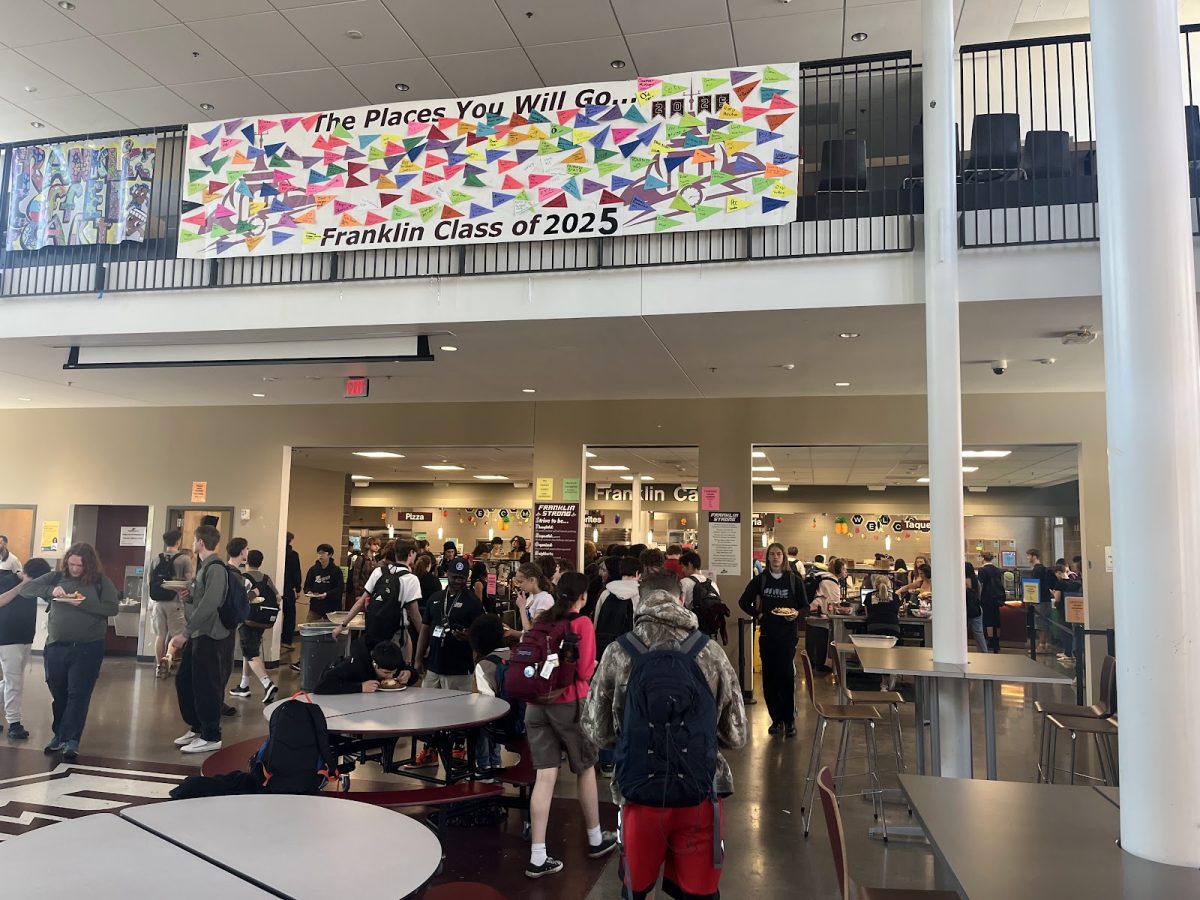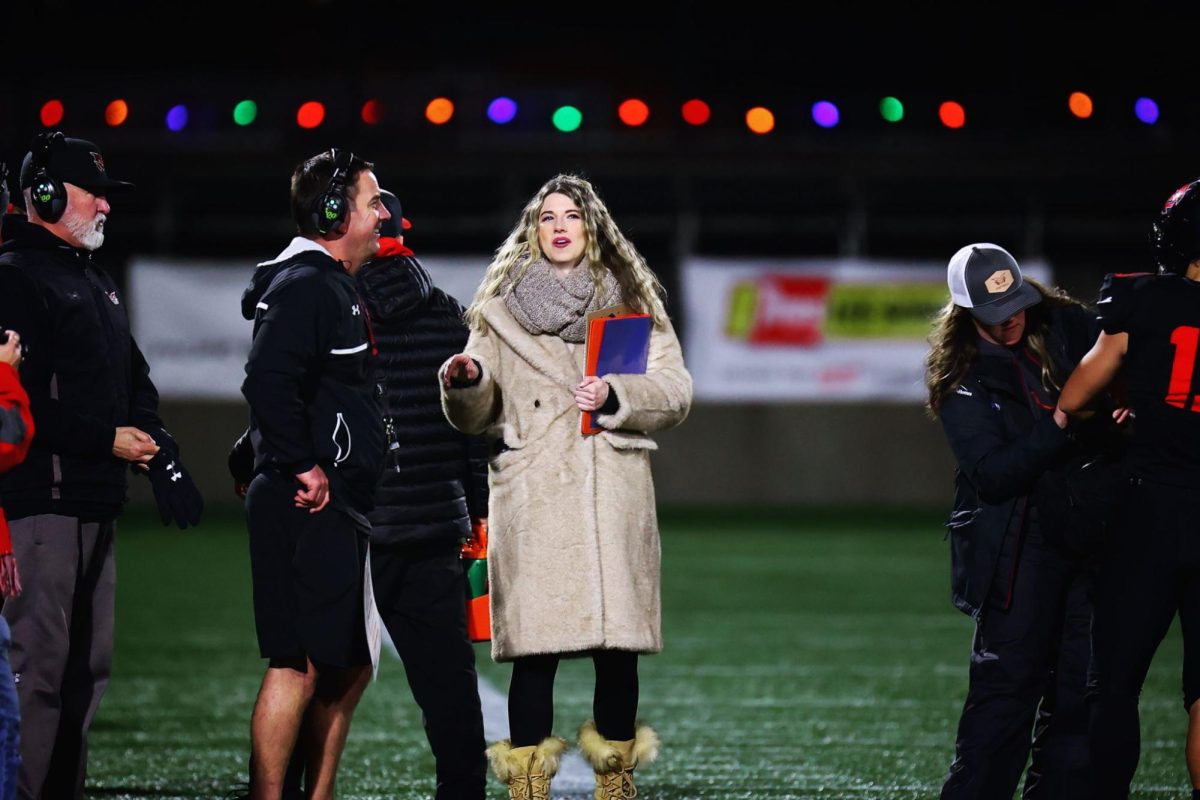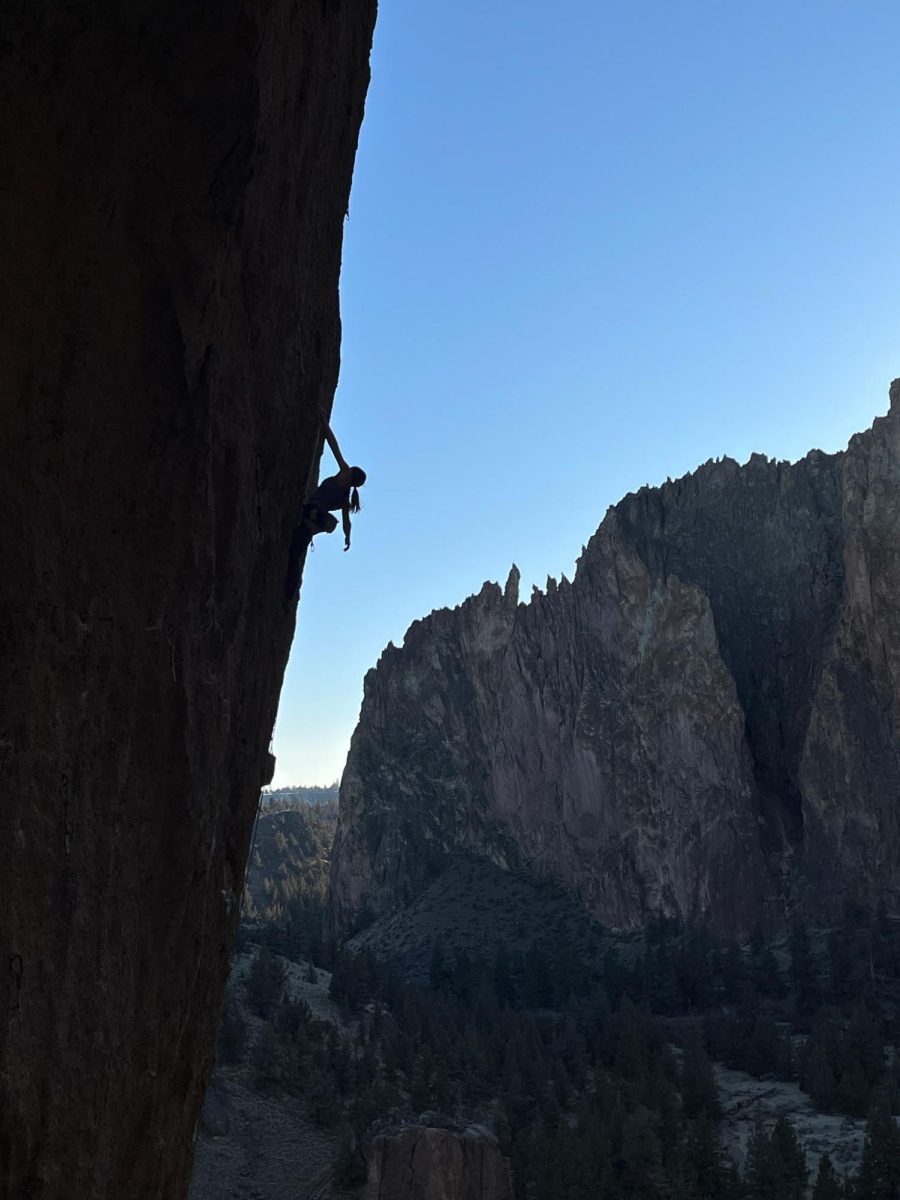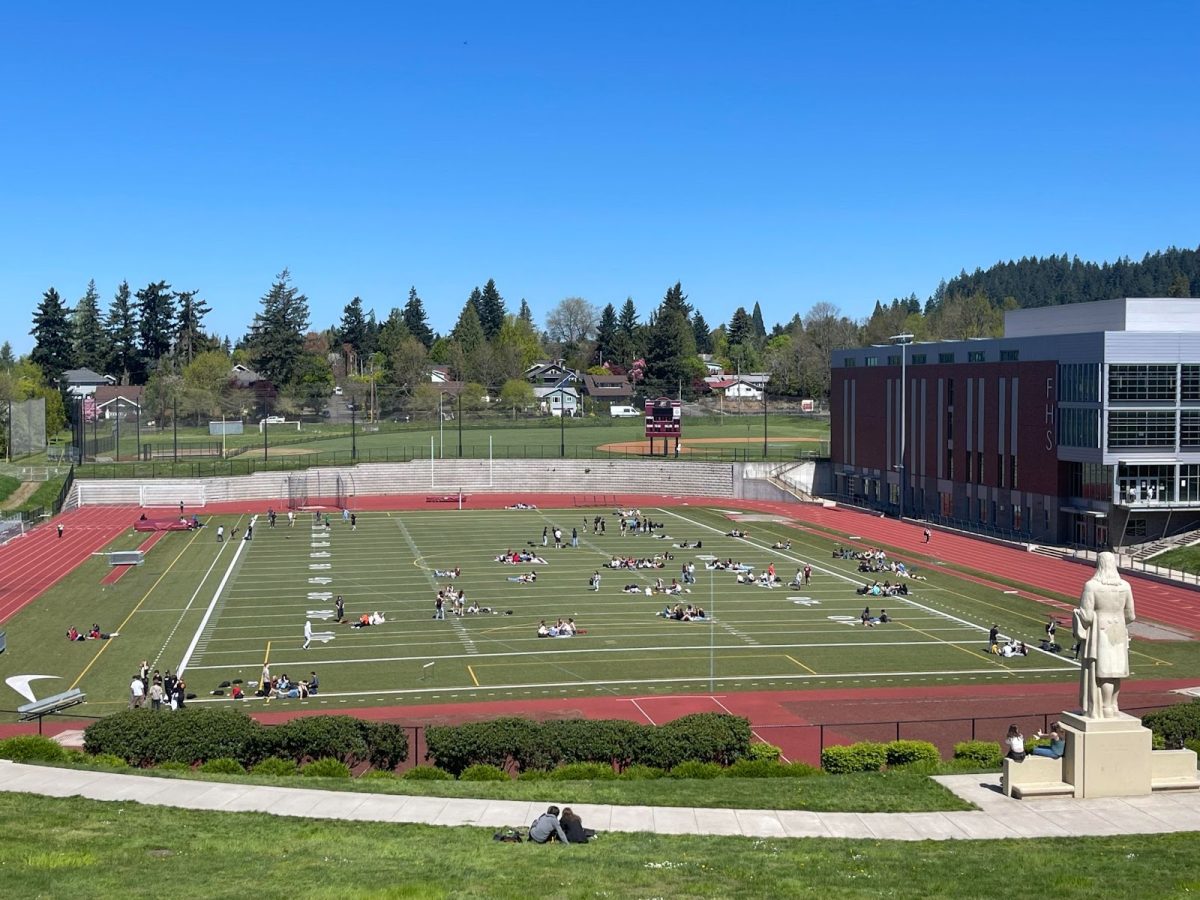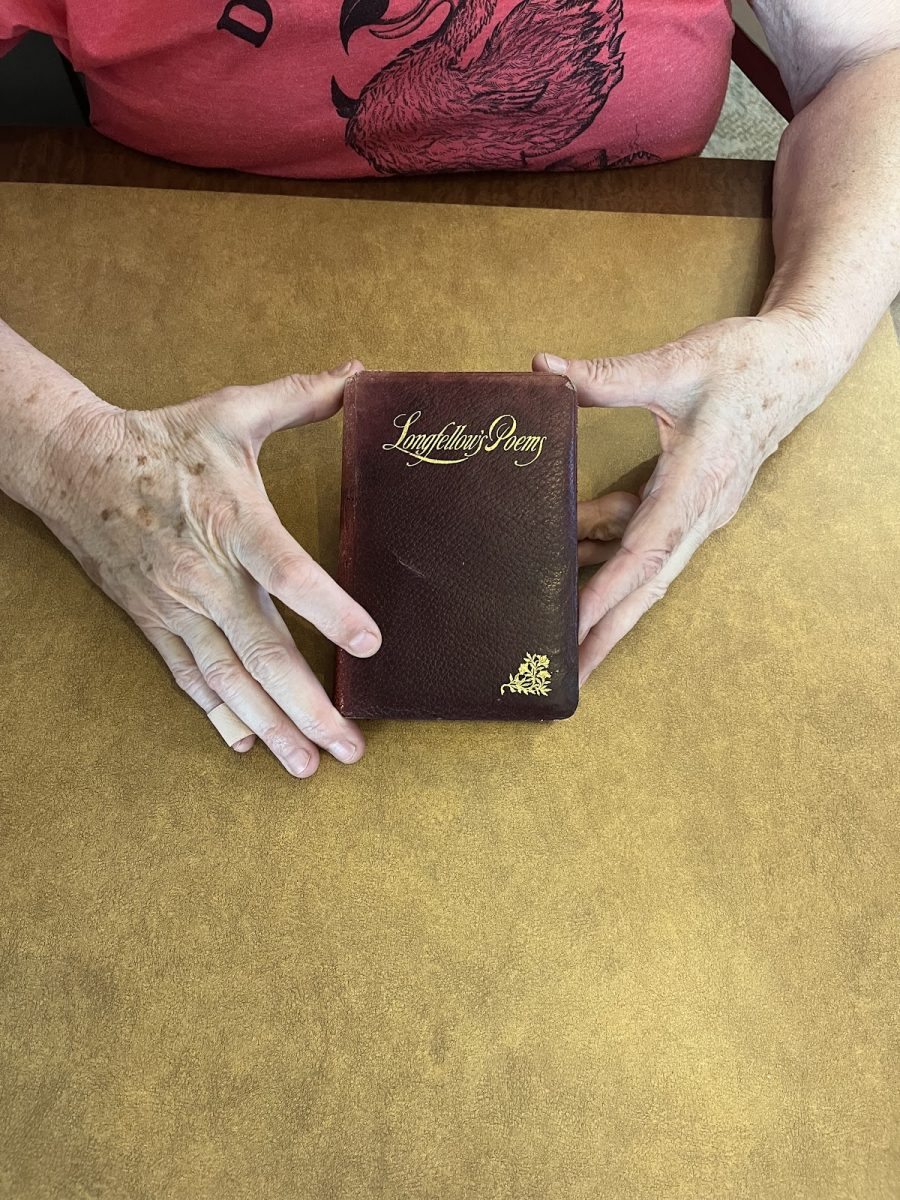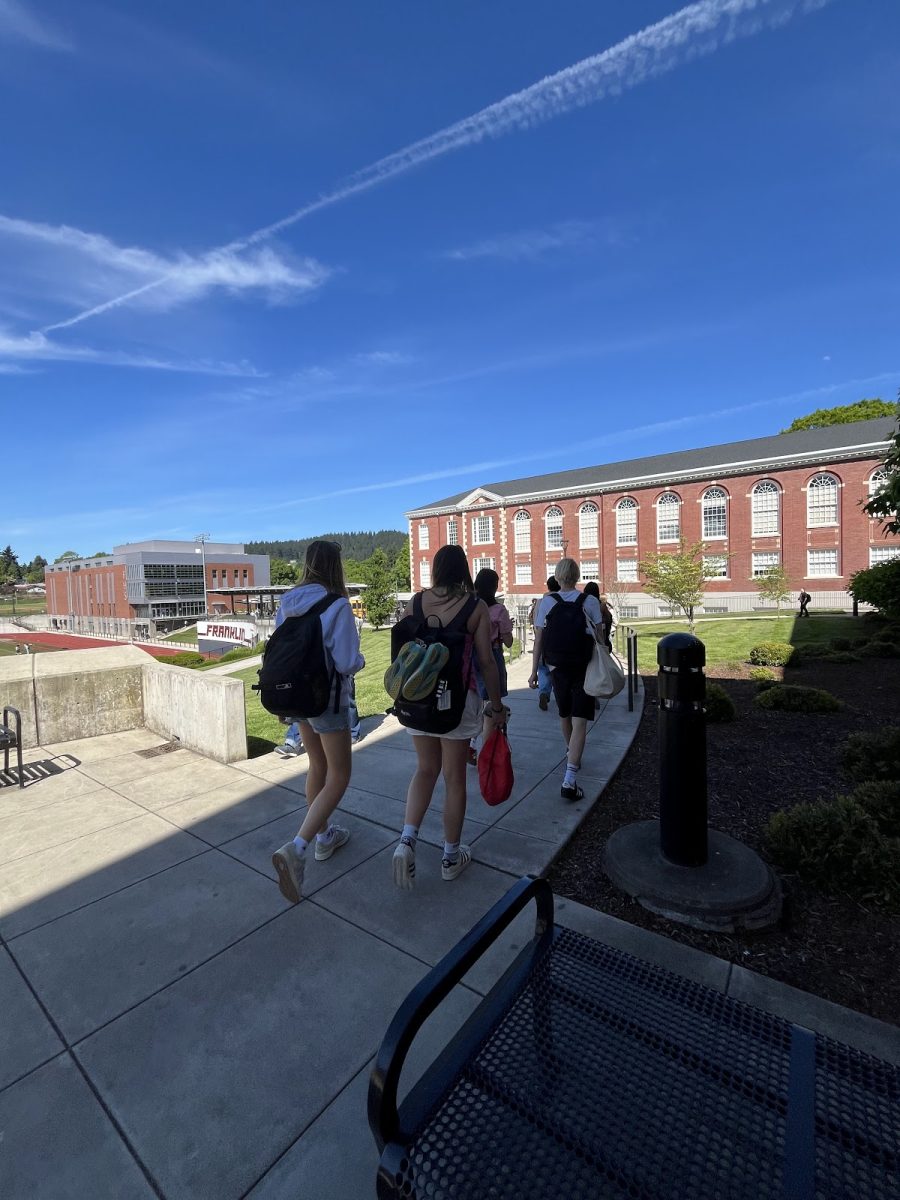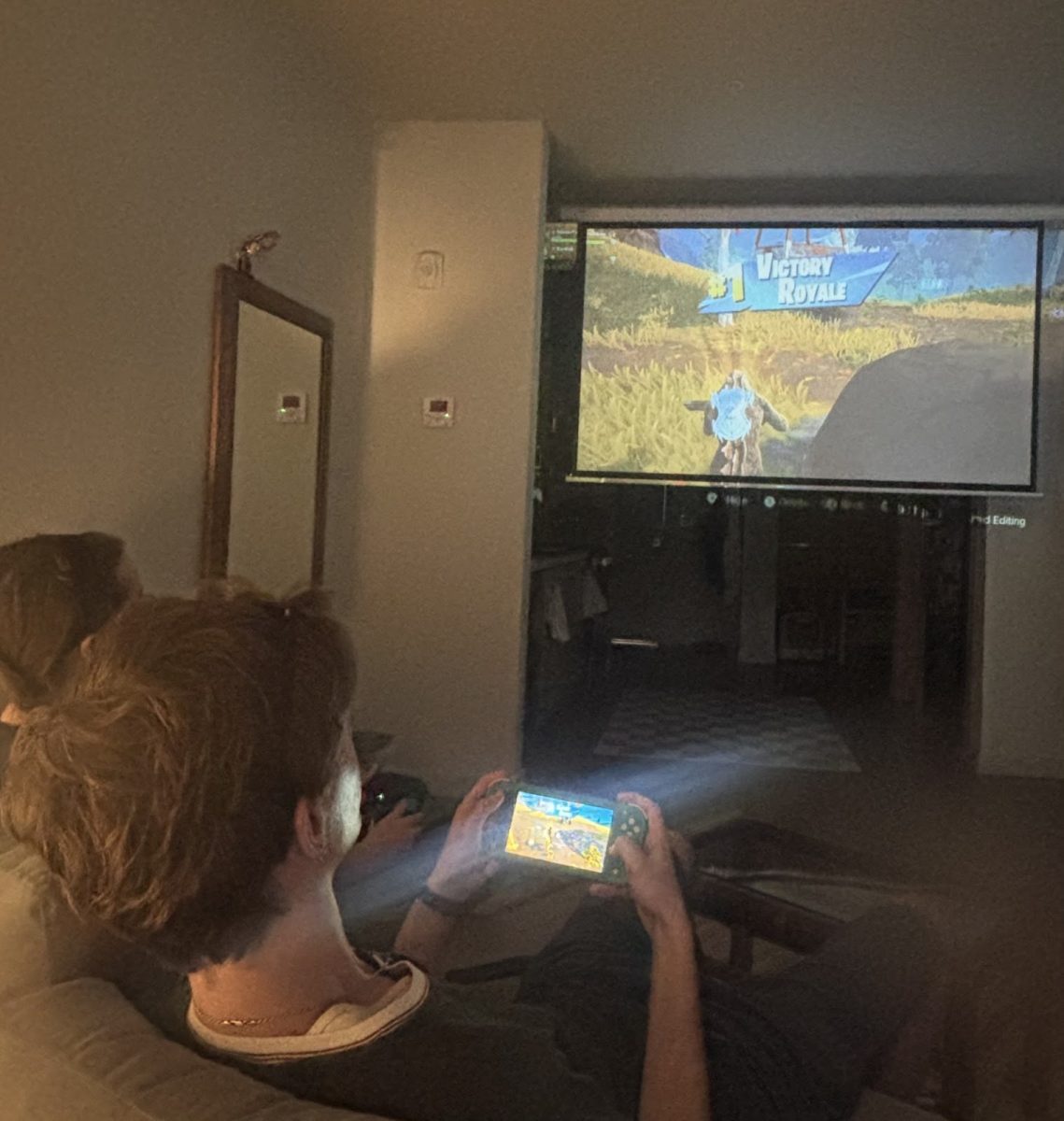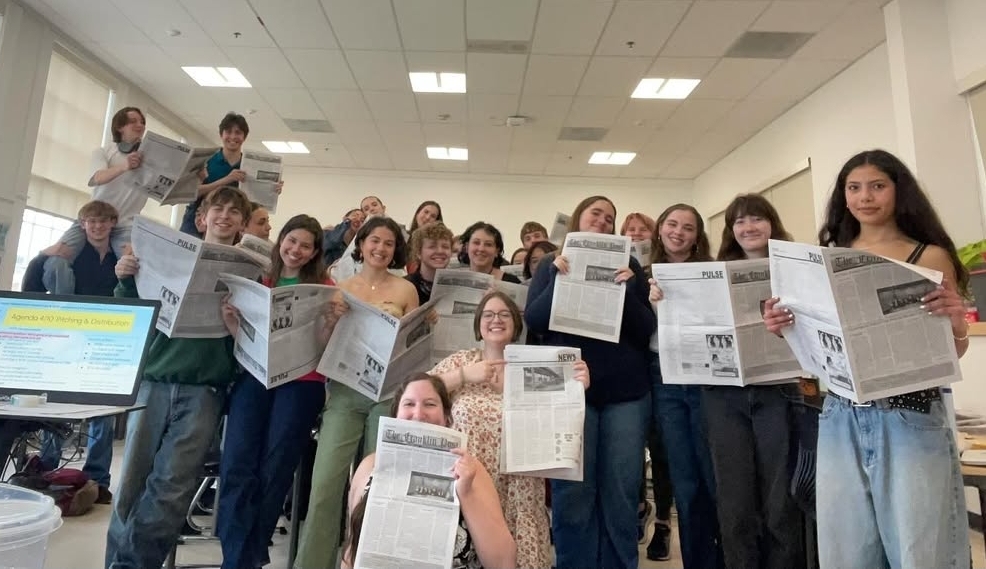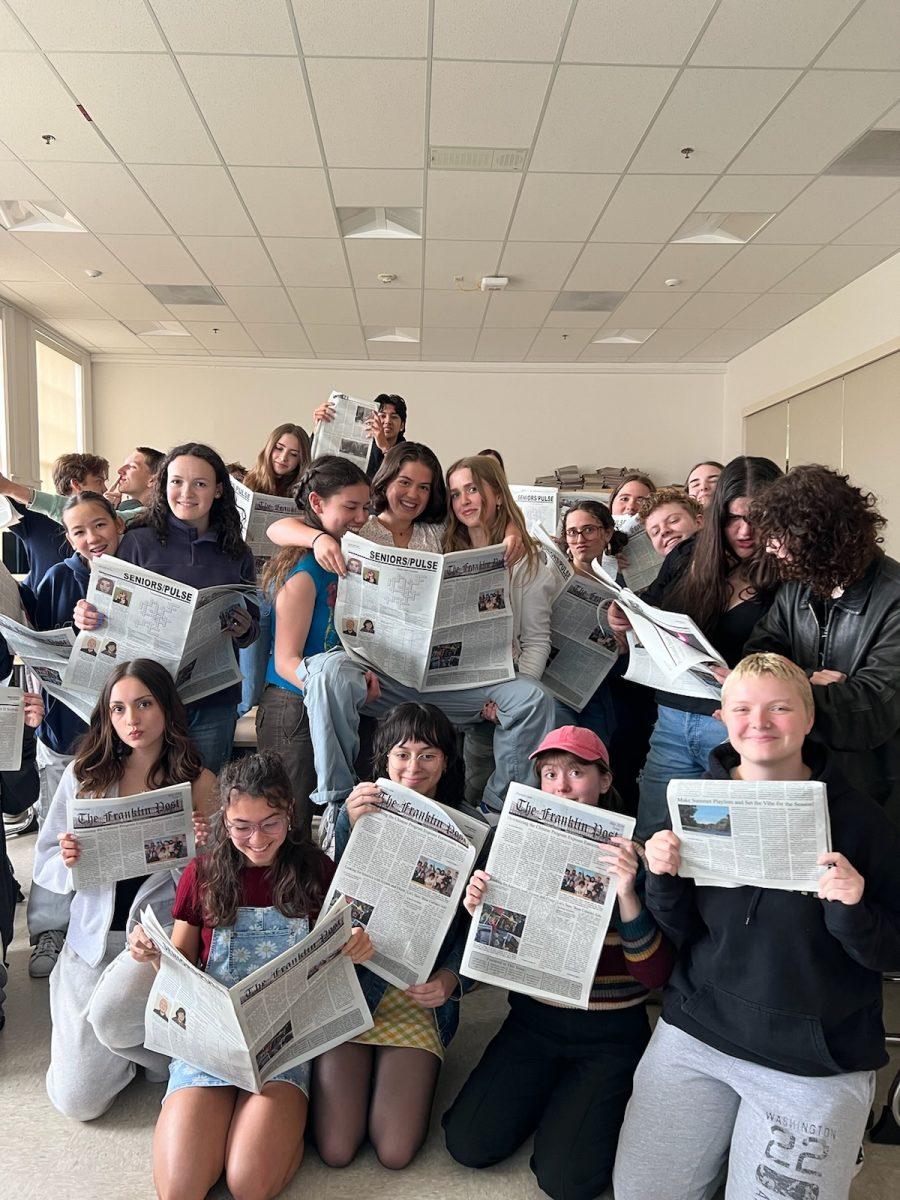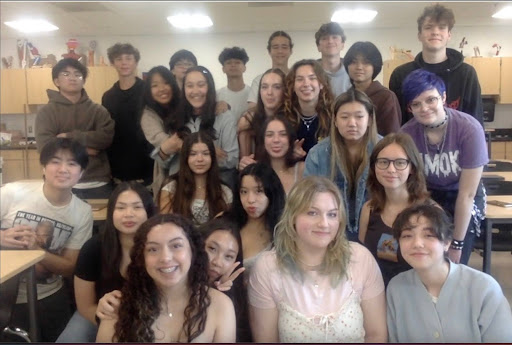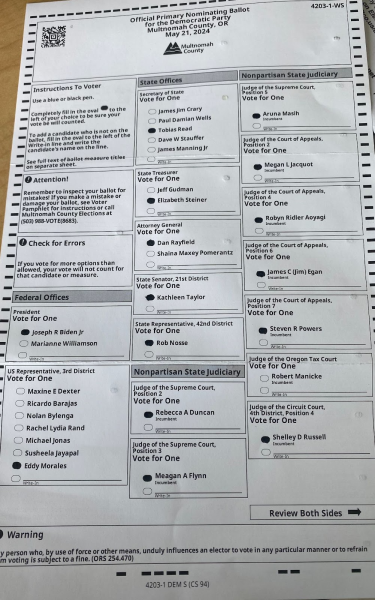
Vote-by-mail (VBM), also known as mail-in voting, has long been an Oregon tradition. In 2000, Oregon became the first state to have solely mail-in voting, though VBM was first introduced in 1981 for local elections. It is also one of only eight states — plus the District of Columbia — that automatically mails a ballot to every citizen. However, this longstanding Oregonian tradition has recently come under fire from a new executive order. On March 25, President Trump signed an executive order entitled “Preserving and Protecting the Integrity of American Elections,” which condemned VBM and argued for the end of the process. He has since said that he intends to sign an executive order specifically banning the practice. Like many of his other executive orders, this one is virtually unenforceable, and its constitutionality has been challenged in court.
The 10th Amendment states that, “The powers not delegated to the United States by the Constitution, nor prohibited by it to the States, are reserved to the States respectively, or to the people.” In simpler terms, this means that any power not specifically given to the federal government is left to the states — including the way they run elections. Unenforceable as it may be, this executive order is indicative of a broader pattern of struggles with voting access and attempts by lawmakers to restrict it.
Mail-in voting is popular among Oregonians for many reasons. It removes a variety of barriers to voting access; many people have to work on election day, or cannot get to a polling station for a variety of reasons. “Mail-in voting levels the playing field,” says Melissa Roy-Hart, communications director of Disability Rights Oregon (DRO). DRO is Oregon’s Protection and Advocacy System, a nationwide nonprofit watchdog system created by Congress in 1977 to monitor abuse against people with disabilities. They do work relating to voting access, including producing an Easy Voting Guide and checking the accessibility of ballot drop boxes. Roy-Hart says that, “[VBM] ensures every voter … can participate in the democratic process,” and that it increases accessibility for many people. People who are low-income and/or disabled, for example, greatly benefit from the VBM process.
According to Oregon State Representative for House District 42, Rob Nosse, Oregon is “trying to make voting as easy and accessible as possible” in a variety of ways, the main method being mail-in voting. Nosse says that VBM is extremely convenient, allowing people to research candidates and vote at their leisure before simply placing their ballot in the mail. In addition, every eligible citizen in Oregon is automatically registered to vote, and has to actively decline to register. These measures make it extremely easy for citizens in Oregon to vote by removing certain barriers, which Nosse believes is a major reason for Oregon’s impressively high voter turnout rates. Roy-Hart corroborates this, saying, “The fact that we have vote-by-mail and the fact that we have [one of] the highest voter turnout in the country is not a coincidence.” In 2024, Oregon’s voter turnout rate was the third highest in the nation, behind Minnesota and the District of Columbia. She also notes that there are many barriers to in-person voting, especially for disabled people. These barriers include issues regarding access to voting accommodations, such as extra time or technology; medical conditions that complicate the voting process; and issues with transportation or physical access. Mail-in voting addresses many of the issues surrounding voting accessibility.
There have also been recent, Oregon-specific attempts to end VBM. Specifically, Senate Bill 210, a bill attempting to end VBM in Oregon, was introduced by Republican senators in March. If passed, it would immediately end all voting by mail in Oregon. These lawmakers hope to put it on the ballot in the 2026 midterms, though many experts believe it is unlikely to pass. For example, Oregon State Senator James Manning said last year that he doesn’t believe voters in Oregon have any issue with the VBM system. This raises the question: if voters don’t believe mail-in voting is an issue, why are so many lawmakers trying to end the process?
To this point, some politicians have raised concerns surrounding the fairness of VBM. A main concern of Republican politicians in recent years is the possibility of fraud in the mail-in voting process. Nosse says that in Oregon, “We just don’t have any evidence of [voter fraud] being … pervasive,” especially since voter fraud is a felony in the state. The Brennan Center for Justice, a nonpartisan law institute affiliated with the New York University School of Law, states, “Multiple analyses have shown that it is more likely that someone will be struck by lightning than commit mail ballot fraud.”
Nosse does acknowledge, however, that there are occasional issues with the VBM system. In Oregon, the DMV handles sending ballots based on information from driver’s licenses, which can be obtained by undocumented immigrants, who cannot vote, though they are slightly different from the ones for citizens. In 2024, there was a mistake in the DMV records, and over 1,000 undocumented Oregonians were sent ballots by accident. While most of them did not vote, a small number did. Although this was a minor mistake and had no major impacts, it is a notable manifestation of concerns raised by Republican lawmakers in recent months that undocumented immigrants are voting in elections.
“[Oregon Republicans] do just fine in a vote-by-mail system. This is a Trump thing,” mentions Nosse, addressing claims made by Republican lawmakers that VBM is unfair and favors Democrats. Oregon Republican Ben Edtl, a vocal opponent of mail-in voting, did not respond to requests for comment. While concerns about the legitimacy, security, and fairness have been raised — some factual, some incorrect — many experts have raised even graver concerns about the recent Trump executive order.
Particularly, Roy-Hart says that if the executive order were enforced, many people would have “vastly increased difficulty exercising their right to vote,” leading to some people being denied their right to vote. Roy-Hart believes that mail-in voting is far more than just a convenience; it is a necessity and a “fundamental accessibility issue.” In fact, she notes that putting this executive order into action would be “disenfranchisement on an exponential level — people not being able to exercise their right to vote.” Many people have to work on election day, and Nosse notes that, “[Having to vote in person] makes it harder to get to vote.”
Nosse believes that the executive order is “not enforceable,” and that “[Trump] doesn’t have the power to do anything [relating to the voting system] in the state of Oregon,” because of the state sovereignty established in the 10th Amendment. In fact, Tobias Read, Oregon’s secretary of state, has explicitly stated that he will not comply with this executive order.
Still, both Roy-Hart and Nosse have said that this executive order is indicative of greater issues, such as Republican efforts to discredit the credibility of the voting system and restrict voting access. Roy-Hart notes that voting is a constitutional right, and “any mandate requiring in-person voting would be devastating for disability rights,” and a “huge step backwards.”
This executive order would also be detrimental to many other voters and represents a much broader attempt to restrict voting access. Specifically, it would make it extremely different, if not impossible, for those who have changed any part of their name. This executive order would require voters to provide documents such as passports when registering to vote, and would be much stricter with the types of documentation that would be accepted.
According to a 2023 report by Pew Research Center, 79% of married women say they have taken their husband’s last name. Given that just over 90 million women in the U.S. are married, this translates to nearly 70 million women who have changed their last names. These women would have significant challenges when registering to vote, as many would have multiple documents with their married name on them. Many transgender people would have the same issue. The NAACP, along with other voting rights groups, has challenged this executive order, saying it could “disenfranchise millions of eligible voters.” This is just one of many examples of governmental attempts to restrict voting access on local, state, and federal levels. Historically disenfranchised voters, such as disabled voters, people of color, and low-income voters, would be disproportionately impacted by these bills and executive orders. Attempts to restrict voting access by restricting VBM or in other ways are widely believed to be undemocratic and, in many cases, unconstitutional.
Free, fair, and accessible elections are a cornerstone of democracy, and many fear that attempts to restrict voting access threaten the very fabric of America. VBM makes voting possible for millions of Americans, and is an essential tenet of the Oregon electoral process. Even if unenforced, this executive order is indicative of current and future struggles concerning voting access.
